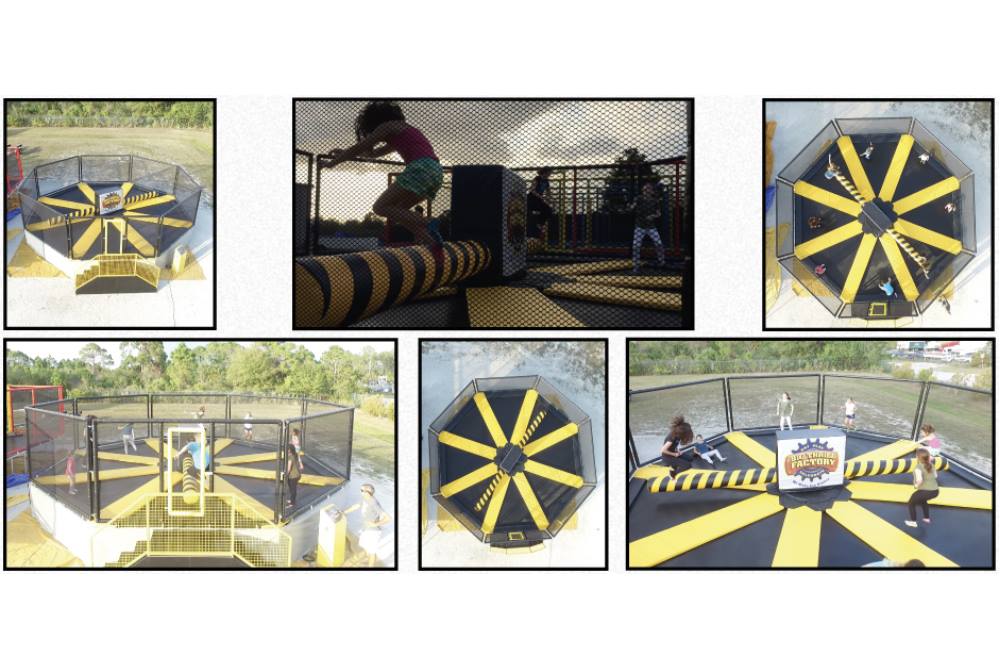If you pay close attention to what’s happening with traffic on your website, you probably noticed quite a few changes this year.
At one point, Google rewarded marketers who followed their suggested standards for marketing. Specific keyword phrases added to the site, with a title and description to match got search engine attention. Tagging of all the page photos, anchor text links and lots of back linking were very important to getting a site to the top of Google.
And overnight it all changed. People that were #1 for their mechanical bull on Google could very well have disappeared altogether. Maybe you were one of the lucky ones and your page stayed high in the rankings. But you got hit with another Google change a few months later. Google has made over 60 changes since April and it’s extremely hard to keep up with them. But here is where things seem to be today.
Google is looking for quality in your website. Some of the important factors will be:
Age and time signals – These might include the age of your website or domain, the age of your backlinks, the consistency of new backlinks among other things
User Metrics – How long people stay on your site, how many pages do they see, how many times do they return, etc.
Backlinks – The quality of backlinks, where do they come from, are they consistently growing, is the anchor text diversified, do they link to all pages.
On Page SEO – this is tricky these days. You need to have just enough, but not too much. Too little seo and you might not rank…too much and the search engines think you spam. The best thing to do is do your ownpage SEO, but watch your results very closely and make changes as needed.
Branding – are social networks talking about you? Is your company name mentioned outside of your website?
Social Proof – Are you interacting with Facebook? Pinterest? Google Local? Do followers tweet your posts? Do you mention others socially?
Author Rank – Do you have social profiles? How about a Google Plus account. Do you post articles to your website? Are they quality articles?
To put this very simply, Google wants you to have a good website that updates with quality content frequently. And they want people visiting your site and talking about it. Of course, things go a little more in depth than what I’ve posted here, but we can only do one step at a time.
So, what options do you have when you are Marketing Your Mechanical Bull? The nice thing about bull marketing is that there isn’t a lot of competition. Updating your site with quality content can be hard unless you use your imagination. Add a blog to your website. Show pictures of events and talk about your events. Write articles about how safe it is to use a mechanical bull and why. Talk about the history of the mechanical bull.
If you have videos, (and you absolutely should) make sure to post them on your website and also on Youtube. Then join groups. Bookmark your posts, share them on Facebook. Tweet them to your followers. BUT…and this is a big part of social marketing. You can’t just talk about yourself. You need to interact and comment on what others have to offer too.
Following Galaxy Multirides example can really help. Follow them on Facebook and Twitter, subscribe to their blog posts and Youtube channel and watch what they do. It’s all about interaction and involvement within your community.
In the upcoming weeks we’ll be looking at how the different methods can help you build traffic. You can be #1 on Google with just a little work!
Mechanical Bull Marketing can make all the difference in a big profit….or a loss. Galaxy Multirides has joined with Cheryl Pierce, (who specializes in SEO and Social Media for the party rental market), to help you build a profitable business that will grow each year. Watch for upcoming posts on building your business.







